Vonn Cummings Sumner uses Krazy Kat to explore the natural world in his new series of paintings
American artist Vonn Cummings Sumner has revisited the classic cartoon strip character Krazy Kat in his latest solo exhibition, Second Nature, which is currently on view at Morton Fine Art's Washington, D.C. space.
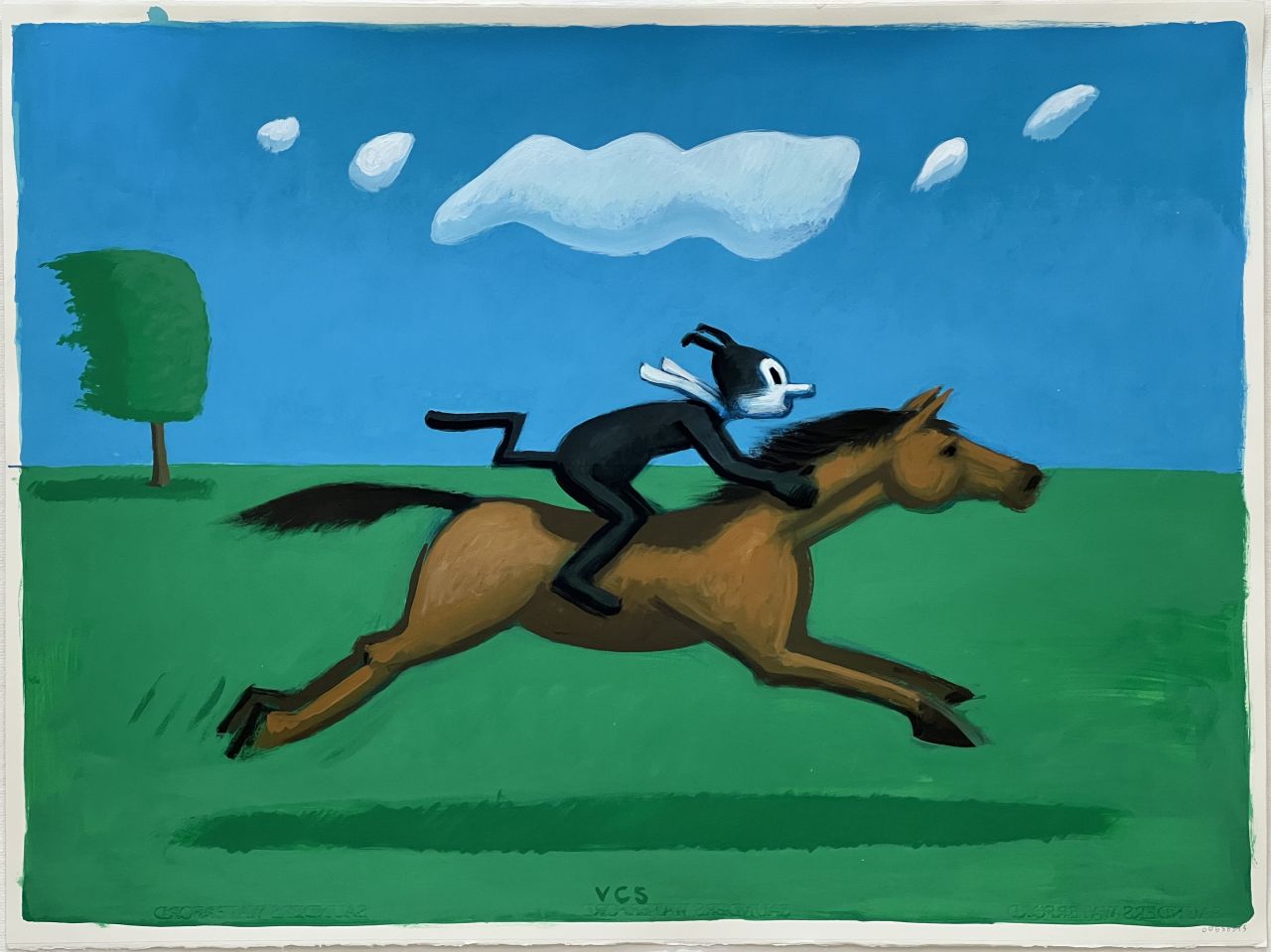
© Vonn Cummings Sumner
Krazy Kat is the legendary creation of cartoonist George Herriman, who entertained newspaper audiences daily during the strip's original run from 1913 to 1944. Thanks to its surreal humour and innovative use of the comic strip format, Krazy Kat is often regarded as the greatest comic series of all time and continues to influence artists to this day.
One such artist is a Los Angeles-based painter and professor of art at Fullerton College in Southern California, Vonn Cummings Sumner. Having previously used Krazy Kat in paintings created during the pandemic, his latest series of works titled Second Nature sees the character follow in everyone else's footsteps by once again stepping outside and exploring the world around them.
Depicting Krazy Kat walking through forests, swimming in pools and riding horses, Second Nature also sees the enduring figure explore iconography from Western art history. Retaining the sense of existential reverie and anarchy in the original strip, the exhibition also gives Vonn a chance to respond to the current world and follow up on themes he'd established in his previous Krazy Kat paintings.
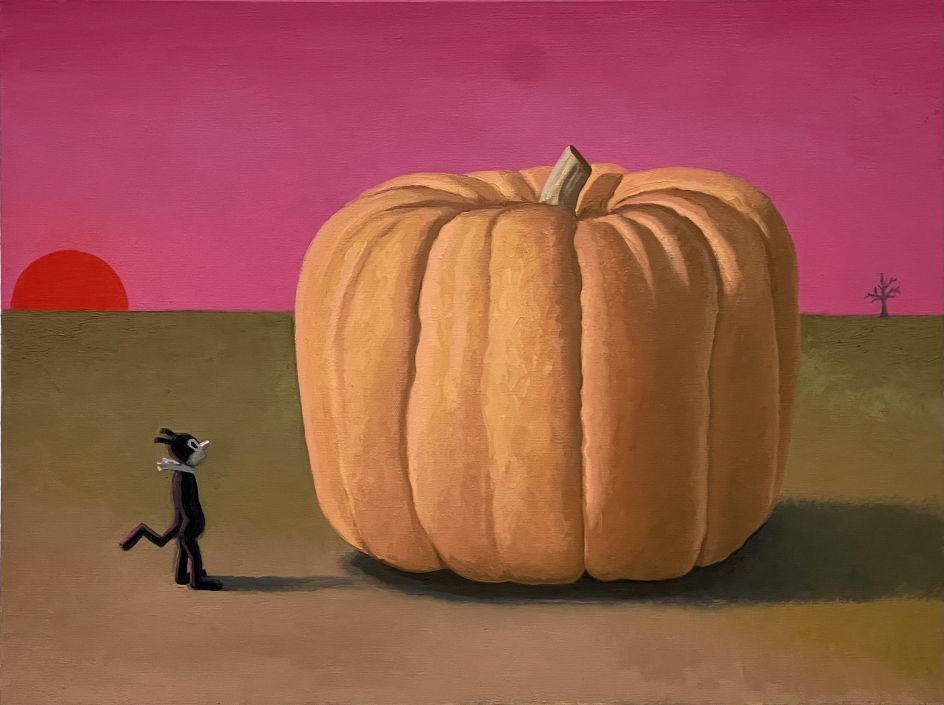
© Vonn Cummings Sumner
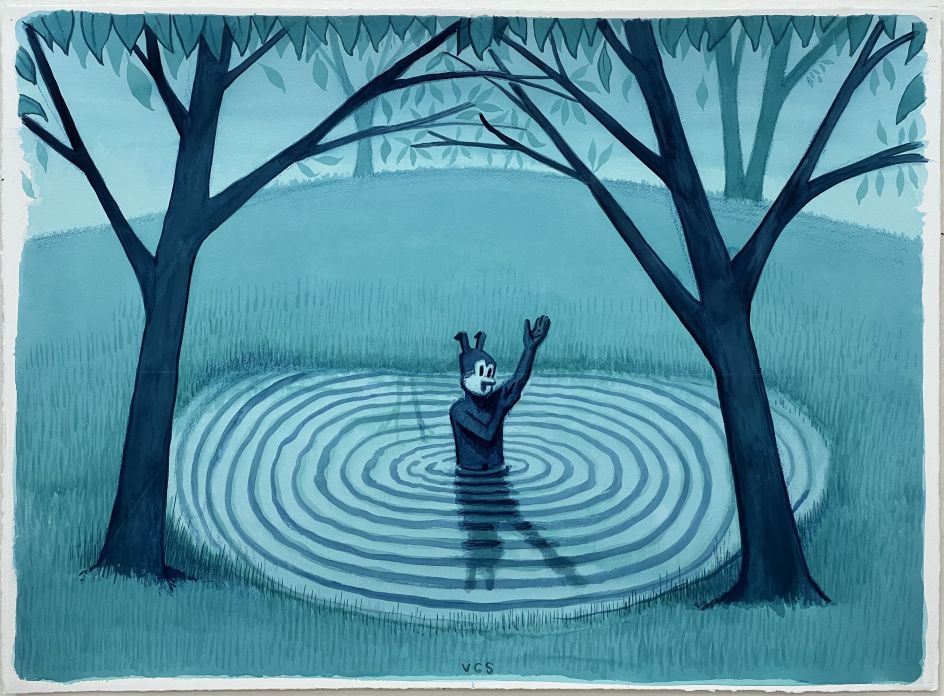
© Vonn Cummings Sumner
The reason for Vonn's continued fascination with Krazy Kat is partly down to the innocent and hopeless romantic qualities of the character itself. Without a set gender or even a set species, Krazy Kat acts as the perfect blank canvas onto which different topics and concerns can be projected.
"Herriman described Krazy as a 'sprite' – so there is something almost mystical or mythological about Krazy: an ideal empathetic effigy," Vonn tells Creative Boom. "Also, the strip began in 1913, and there is some anarchic kind of energy that it communicates; it's non-conformist, to say the least. Therefore, it became a kind of cult favourite among artists and writers, intellectuals and eccentrics during the 20th century. So, for me, there is an association with a certain strain of American bohemian counter-culture."
When he first started using Krazy Kat in his paintings back in 2020, Vonn started to think more deeply about the unique opportunities it presented. "I realised that Krazy Kat is a human-animal hybrid, which is arguably the oldest/most-used subject or theme in human art, going all the way back to cave paintings. I think Krazy Kat (and a lot of our cartoon characters) is part of that lineage."
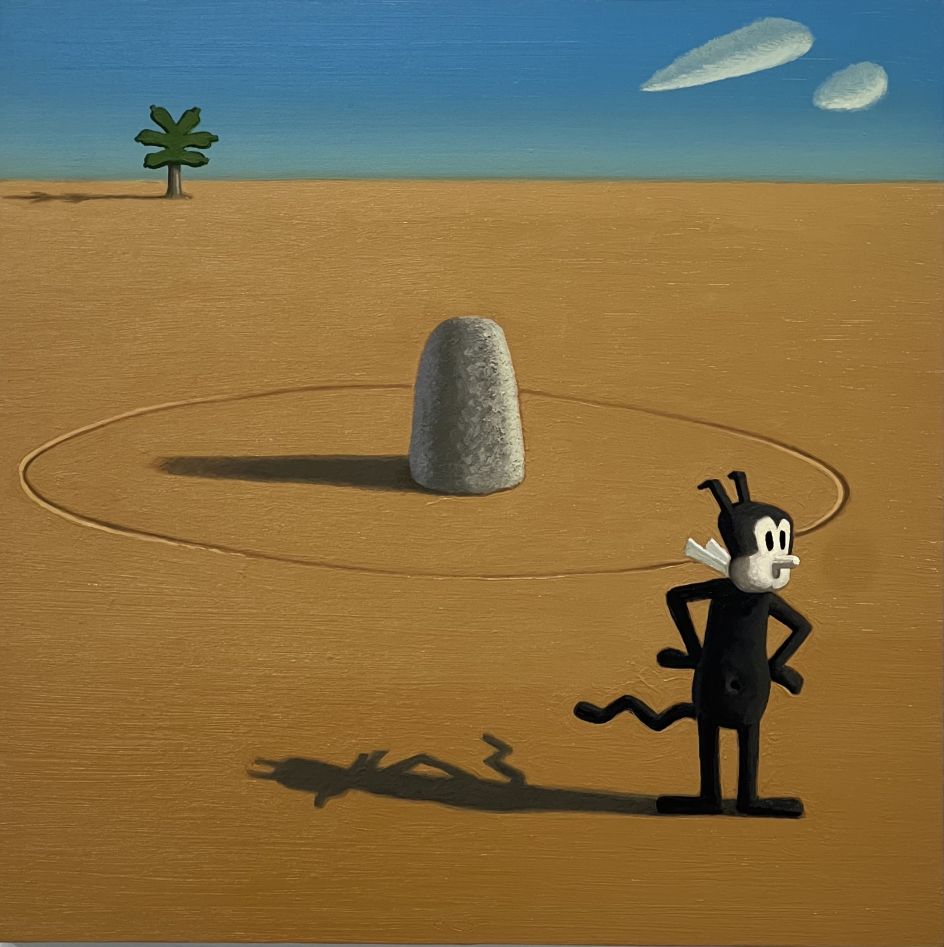
© Vonn Cummings Sumner
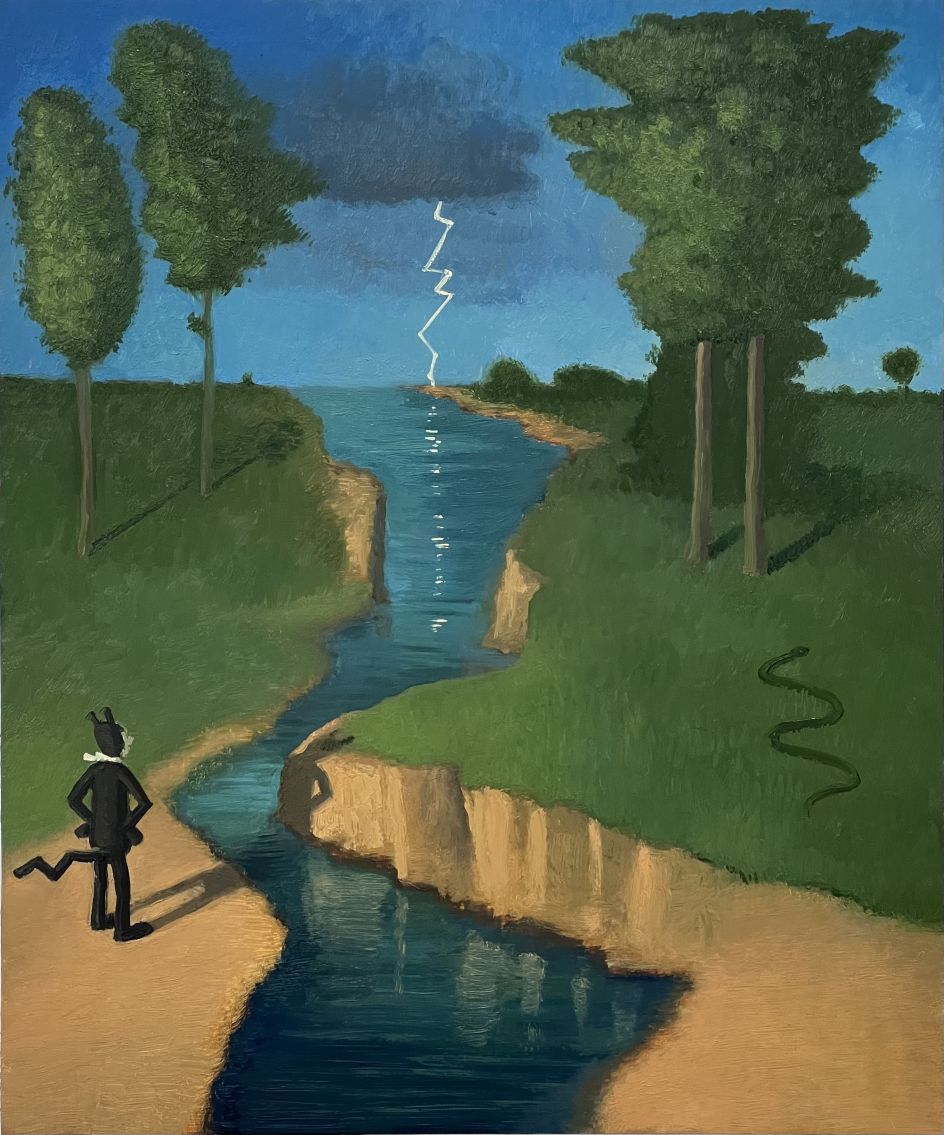
© Vonn Cummings Sumner
The character made a strong impression on Vonn when he first encountered him. He can even remember exactly where he was. "I was an 18-year-old freshman at UC Davis, sitting in the back of Prof. Wayne Thiebaud's ART 148/Theory & Criticism class," he reveals.
"He started class one day with an image of a Krazy Kat comic strip projected on the screen and spoke with obvious affection for this odd, dense, unorthodox cartoon that painters had loved: Willem de Kooning, Richard Diebenkorn, Picasso. That had a huge impact on me, being introduced to Krazy Kat in that setting, at that impressionable stage.
"After class, I went straight to the campus library and checked out their only book on Krazy Kat, an anthology with an introduction by E.E. Cummings. I was obsessed from then on, reading everything I could get my hands on – drawing from it, copying the drawings. There was a real sense of discovery, a whole world of creativity, poetry, humour, and history. Profoundly pleasurable!"
Copying the strip could only satisfy Vonn for so long, though. Even though he loves it and is informed by art history, he says he has no interest in simply recreating something or indulging in nostalgia. "I want to make paintings that are relevant to people now, to communicate something about being alive now," he explains.
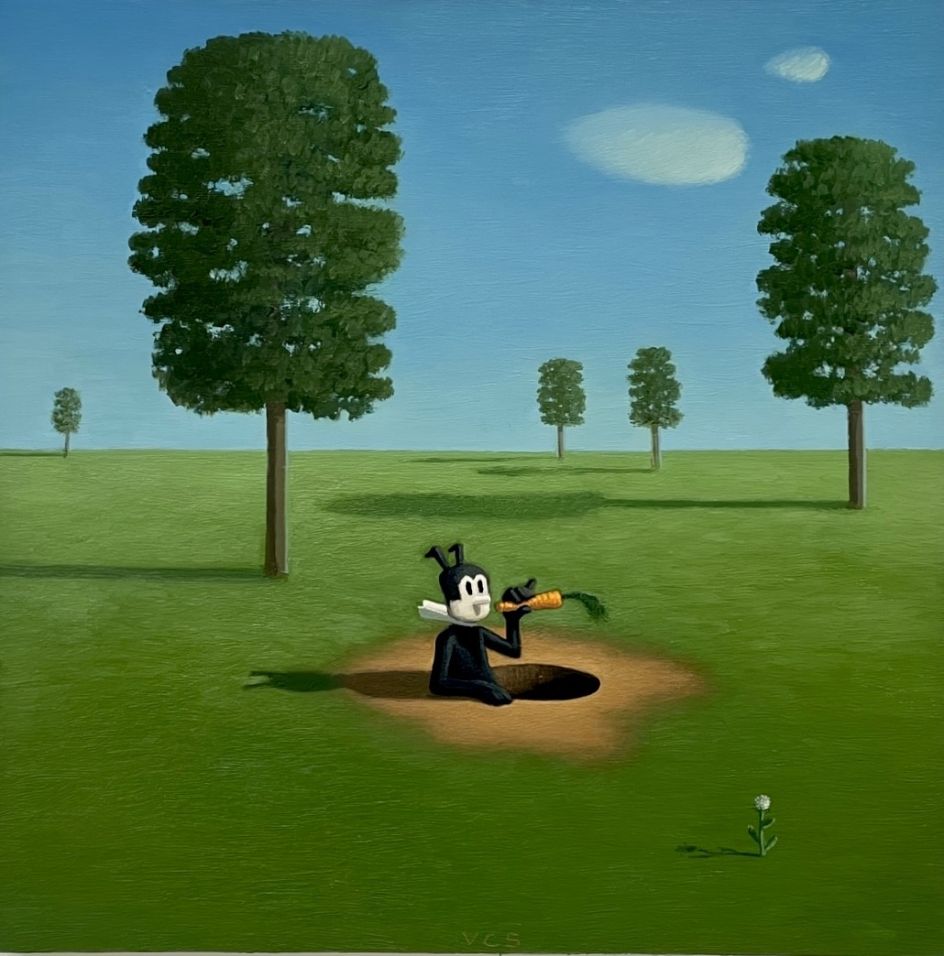
© Vonn Cummings Sumner
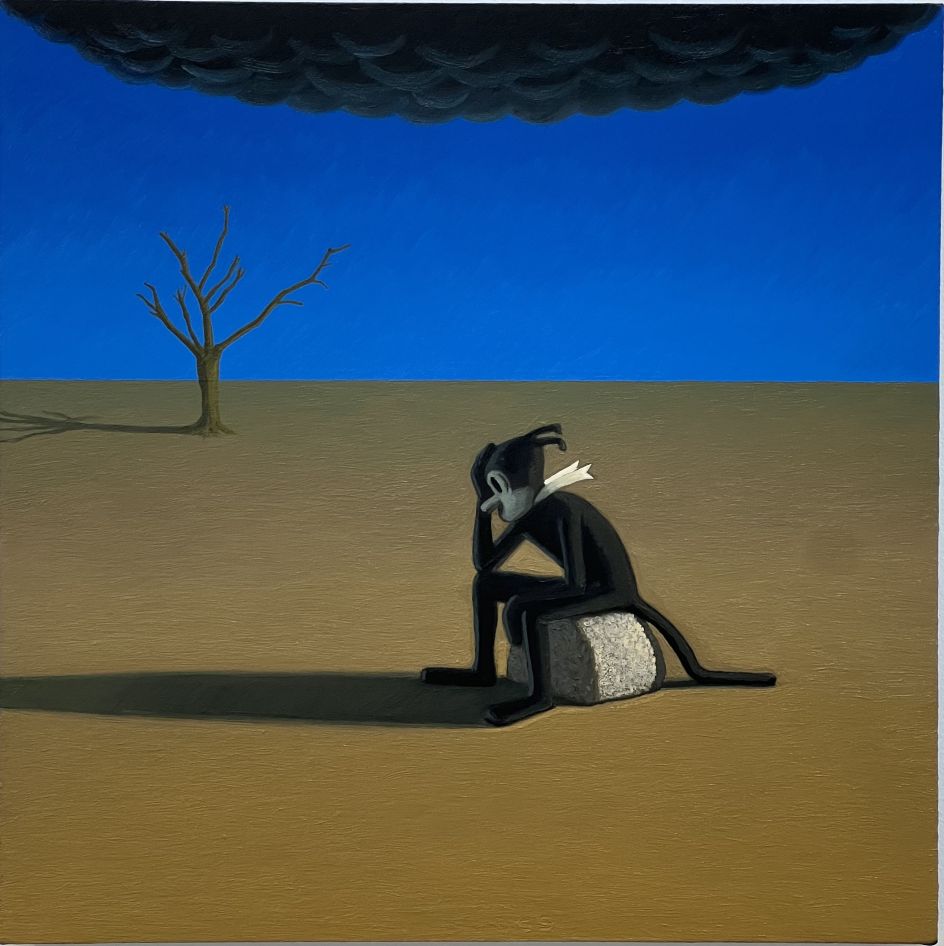
© Vonn Cummings Sumner
"Painting is not so much about 'self-expression' to me as it is about a kind of self-discovery or self-questioning. So in a way, I am using Krazy Kat as a proxy, a stand-in for myself or for all of us in a larger sense, perhaps. I think that if I try to go too directly towards an issue or subject, then it comes out too literal, too predictable, and too cliche. But, if I can come at something sideways – from an odd angle – then I feel like I can touch on some deeper things. Krazy Kat is so specific and so unusual that it becomes a way of talking about things with some extra layers and some humour."
Another reason why Vonn finds Krazy Kat so interesting to paint is that everything keeps changing. "The world has obviously been going through many big shifts and changes – culturally, technologically, politically, pandemically, environmentally, etc. – and in the Krazy Kat strip, everything is changing all the time.
"For example, from frame to frame, within each strip, the time of day will change, the landscape/background will change, and the language will change. In Herriman's Krazy Kat, everything is subject to change all the time. So it feels very appropriate to have Krazy Kat help me process the world."
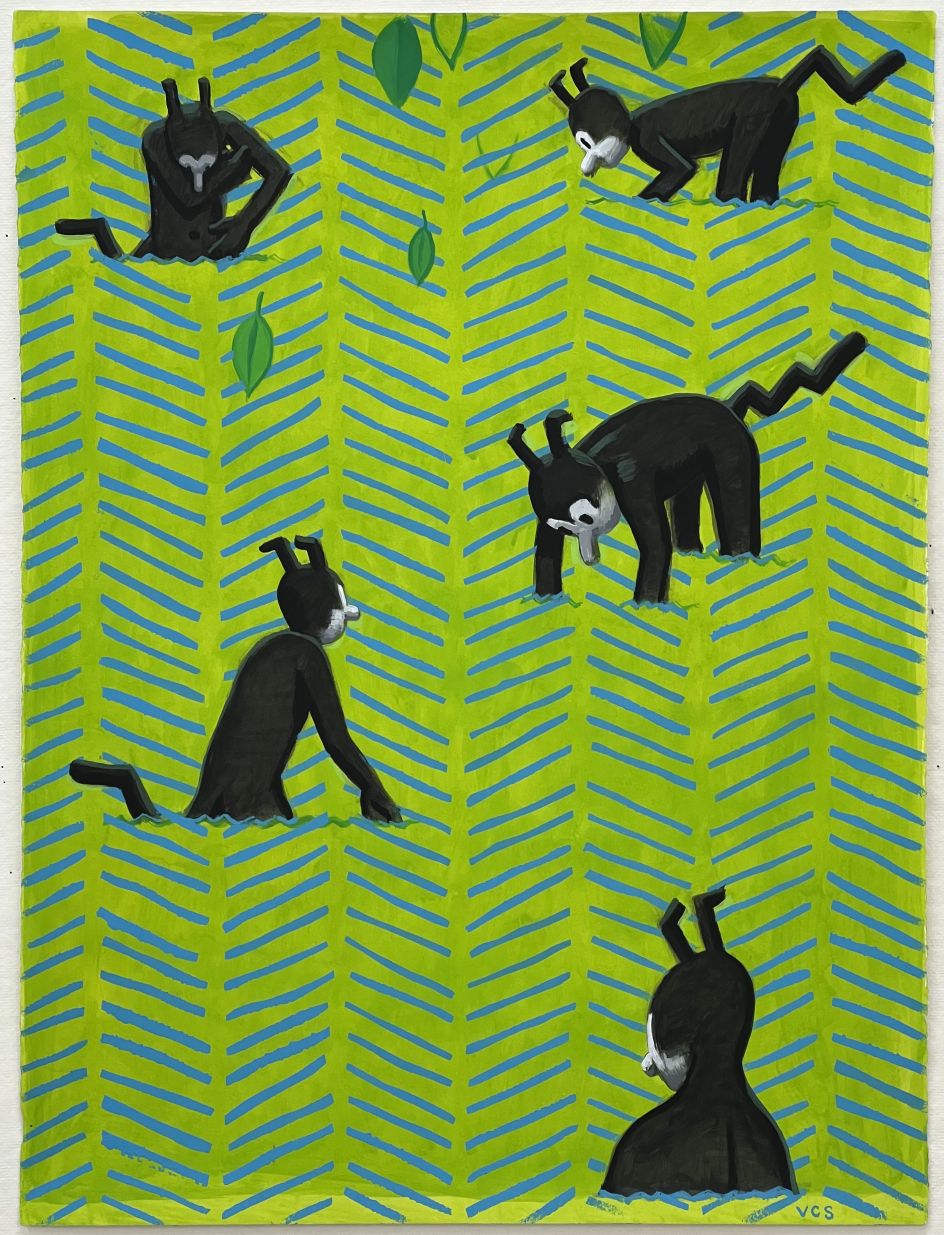
© Vonn Cummings Sumner
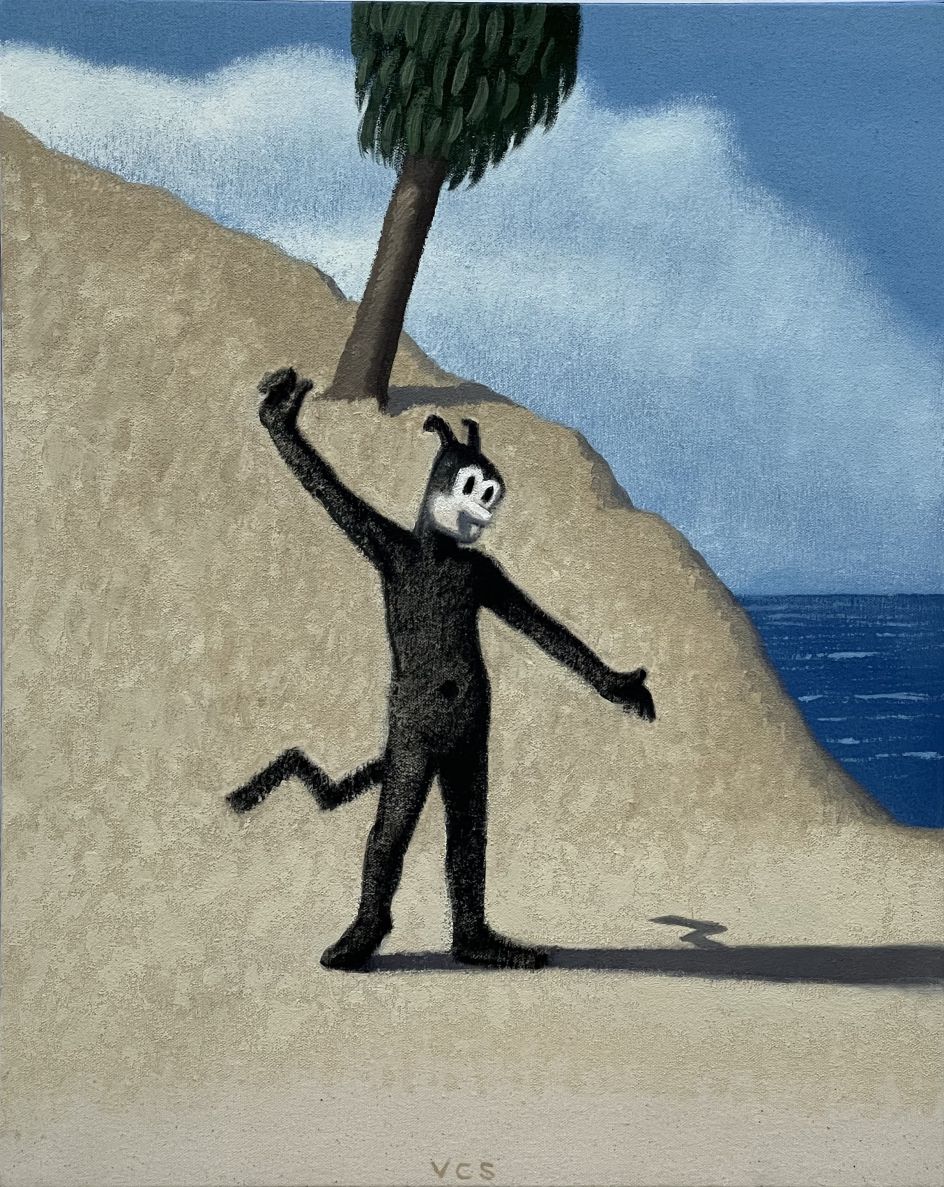
© Vonn Cummings Sumner
It's not just the world that's changed; Vonn's art style has had to adapt as well. By putting Krazy Kat in the natural world, Vonn has changed not only his colour palettes but also the kinds of situations and settings that the character will experience. And from there, the dynamic of the artwork followed.
"In these paintings, I am trying to find a balance between specific landscapes that I have known intimately in my own life and archetypal/mythological/art-historical landscapes – combining my personal sense memories with the collective cultural memory of art," he reveals.
"That is the goal, at least. These things are hard to talk about, but essentially when I am painting, I am searching for a feeling, and that feeling is something like 'strangeness' or 'mystery', something that feels familiar and yet mysterious at the same time.
"There is a richness, I believe, from the kind of rhyming that can happen with other paintings and stories from art history. Just like a writer writes in the context of all the other things they have read, or a musician composing in relation/reaction to all of the music they have heard/played – I am making paintings in the context of all the other paintings that I have seen. I get a lot of creative energy from that interaction."

© Vonn Cummings Sumner
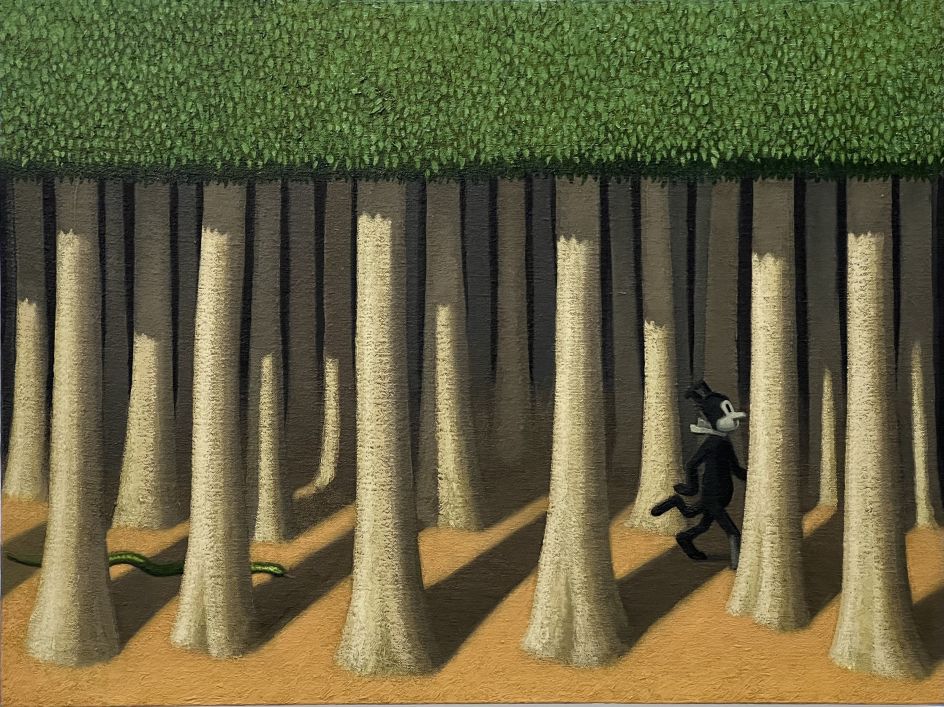
© Vonn Cummings Sumner
As for why Krazy Kat continues to appeal to wider audiences after all these years, Vonn reckons it's because the strip is so inventive. "I would place Herriman up there with Louis Armstrong and Walt Whitman on the shortlist of American originals. I could go on and on about that with comic lovers.
"But from a more general audience point of view, I think there is something special about Krazy Kat as a character, and I think it has something to do with ambiguity and vulnerability. Krazy Kat is not a 'cat' and not a 'human', and not a 'boy' or a 'girl' in any kind of set way. That kind of non-binary ambiguity has great energy somehow. It is very inclusive, allowing anyone to identify and empathise with Krazy.
"The world around Krazy Kat is full of change, danger, and conflict, but Krazy stays totally sincere and open-hearted. Who wouldn't love that?"
Second Nature is on view until 8 April 2023 at Morton's Washington, D.C. space (52 O St NW #302).




 by Tüpokompanii](https://www.creativeboom.com/upload/articles/58/58684538770fb5b428dc1882f7a732f153500153_732.jpg)


 using <a href="https://www.ohnotype.co/fonts/obviously" target="_blank">Obviously</a> by Oh No Type Co., Art Director, Brand & Creative—Spotify](https://www.creativeboom.com/upload/articles/6e/6ed31eddc26fa563f213fc76d6993dab9231ffe4_732.jpg)








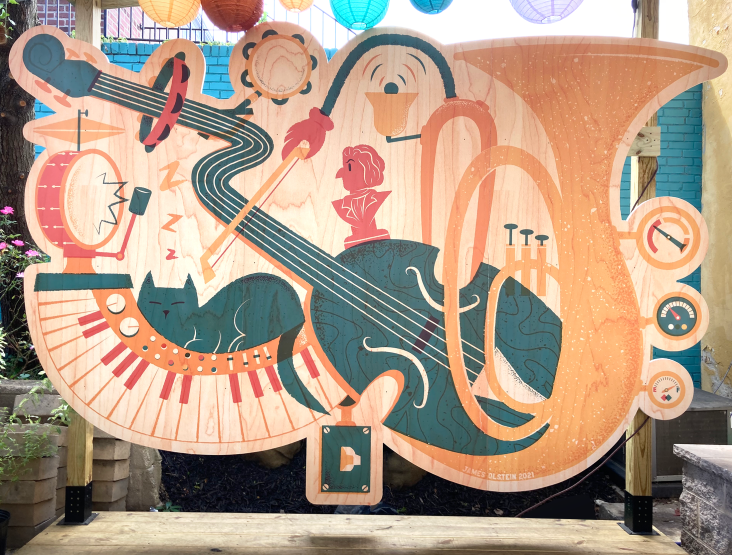

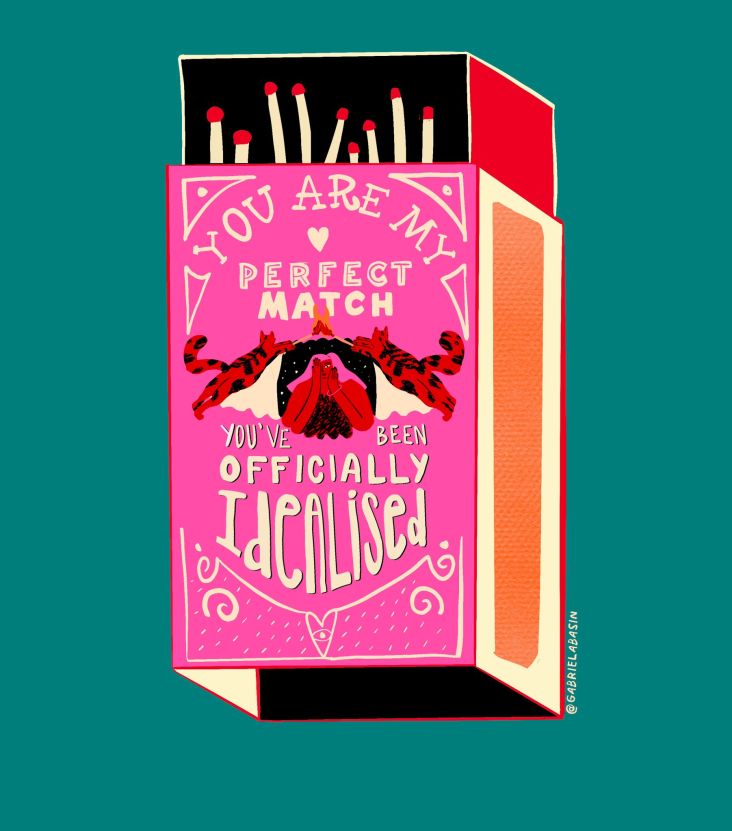
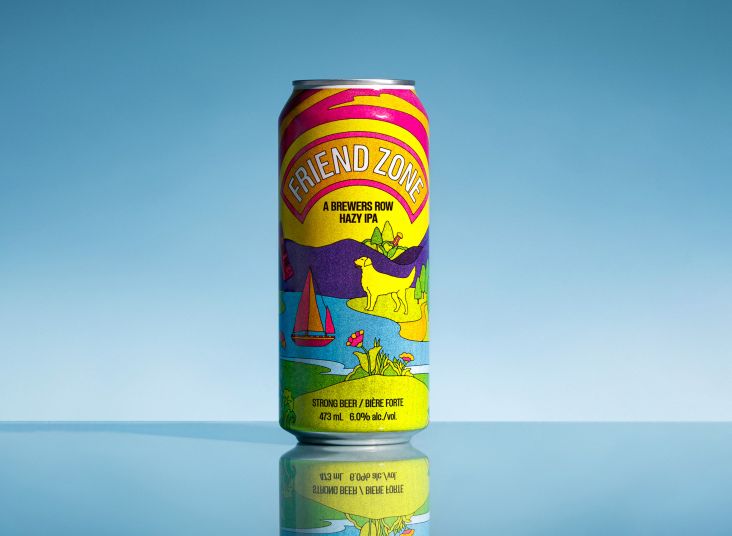

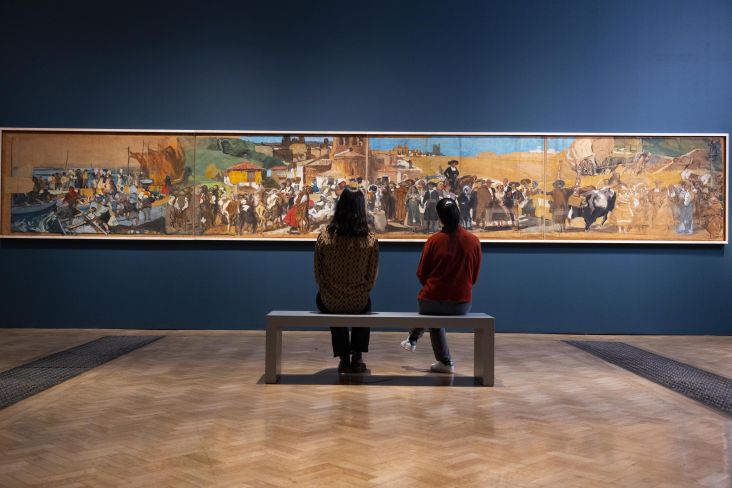
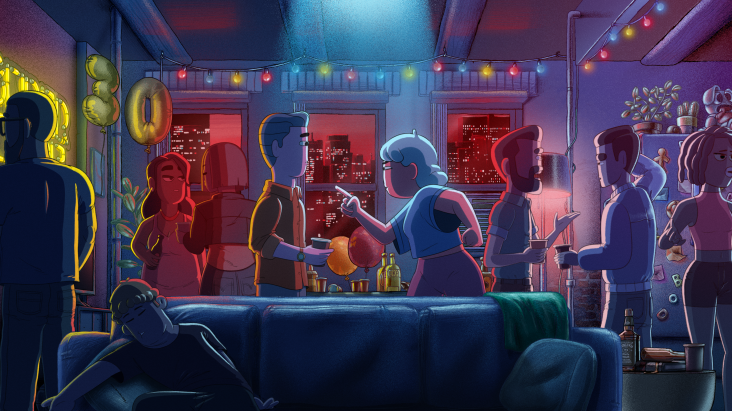
](https://www.creativeboom.com/upload/articles/89/8951aa7210e6c4879105a2a1e578369a82a0e734_732.jpg)
